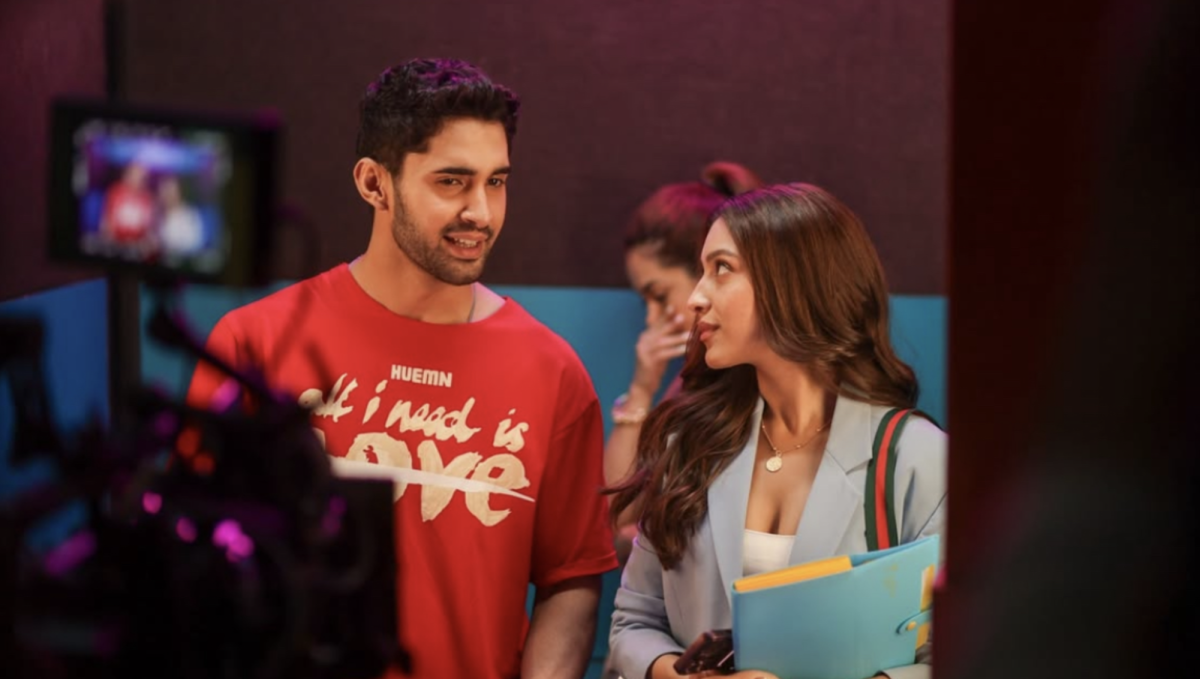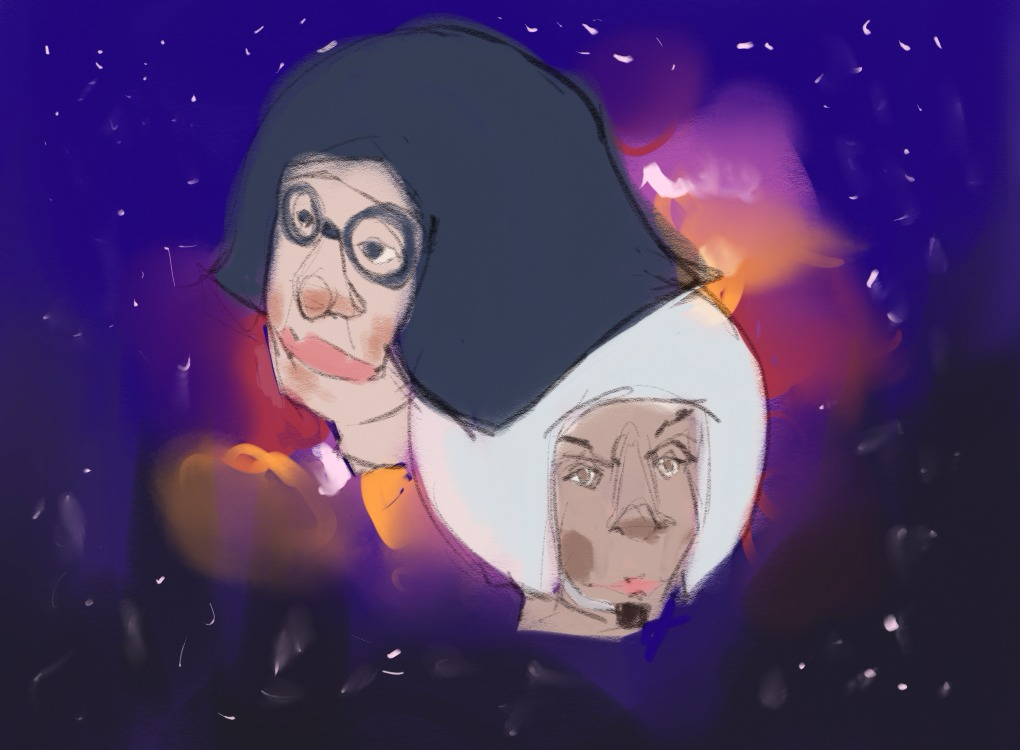From the Kapoor dynasty to the Khan-dan (pedigree), nepotism has permeated Hindi cinema since its conception. In its 93-year history, Bollywood has developed a tried-and-tested formula for launching nepo babies: A child of a legendary Bollywood family will debut and promptly be criticized for admittedly horrendous acting, publicly acknowledge their poor performance and then rehabilitate their image via extensive PR. Afterwards, through resources accessible to them only by virtue of their last name, they will re-debut in some shinier film and become a critically acclaimed household name.
This cycle is a predictable and vicious cornerstone of Bollywood’s socioeconomic hierarchy. From Kareena Kapoor Khan and Saif Ali Khan’s generation to the recent era of Alia Bhatt and Ranbir Kapoor, this pattern has only been broken by a few outsiders. These outsiders go on to become tokenized “rags-to-riches” stories that are brought up every time the word “connections” or producer Karan Johar is thrown around (cough, Deepika Padukone, cough). From publicists to producers to studios, the Bollywood ecosystem is not just passively impenetrable to so-called “outsiders” — it is actively hostile to them.
In this debate about lineage, legacy and the limelight, no name is brought up more than Shah Rukh Khan (SRK). SRK has many titles: baazigar (performer), the last superstar, the badshah (king) of Bollywood, India’s cultural ambassador, a generational talent, actor Salman Khan’s frenemy. But perhaps none are as impactful as SRK: The Outsider. SRK is often known as a scrawny, ambitious boy from Delhi whose love for the camera propelled him into success and led to his status as perhaps the most famous man in Bollywood. In the discourse on nepotism, SRK presents an irreconcilable dichotomy: the original outsider who became the most influential insider, maintaining the very status quo he once sought to disrupt.
It is perhaps SRK (not Dharma Productions or Yash Raj Films (YRF), no matter what Arnab Goswami says) who should be held responsible for the decreasing quality of Bollywood’s films. As Bollywood’s scion, he has the power to launch any outsider. But instead, he and his colleagues — such as the Pandays, Bachchans and Kapoors — tighten nepotism’s stronghold on Bollywood, and fewer actors with last names we do not recognize are given the opportunity to debut. With scripts and cinematography that feel (and sometimes are) AI-generated, the same over-the-top filmi (dramatic) romance/action and socially-blind commentary, Bollywood has become a formulaic relic, alienating itself from India’s youth.
But this summer, Bollywood’s problem may have emerged as its solution. “Saiyaara,” one of those over-the-top filmi (dramatic) romances that often feel completely out of touch, was finally able to connect with Gen Z despite heavily basing its story on the cult classic “Aashiqui.” The script, with several instances of blatant imitation, ultimately worked in its favor. With callbacks to beloved “Aashiqui” scenes, “Saiyaara” was able to entice older viewers with nostalgia and younger viewers with the idea of having their own “Aashiqui”-esque cult classic.
Amidst the barrage of derivative Bollywood movies, “Saiyaara” stands out because of its wide-eyed naivety: It imagines an idealistic world not because it is ignorant of India’s socioeconomic struggles but because it has the hope to dream of something better. This is ironically carried by the performance of Ahaan Panday, the son of Bollywood tycoon Suyash (Chunky) Panday. By reigniting the allure of romantic Bollywood movies, “Saiyaara” takes Bollywood’s cheesy idealism and nepotism and molds them into a product more suitable for a socially conscious Gen Z.
If Ahaan Panday was able to redeem YRF’s failing filmography with “Saiyaara,” “The Ba****ds of Bollywood” is no less than a saving grace for SRK and Red Chillies Entertainment. In a meta twist, the Netflix series offers a self-aware satirical take on the inner workings of the Mumbai film industry, both critiquing and utilizing Bollywood’s tropes and theatricism. With iconic cameos and side characters, some truly unhinged Farah Khan-esque writing and the charming underdog-sidekick dynamic Bollywood adores, the film feels like a love letter to and an indictment of the industry that raised Aryan Khan, the film’s director and heir to SRK’s “badshah” (king) mantle.
By choosing to stand behind the camera instead of in front of it, Khan delivers a tale that works because of its nepotism, not despite it. With countless references to 2000s and 2010s classics, off-screen Bollywood discourse, exaggerated myths about the industry and Khan’s own public life, the film is rife with easter eggs for Bollywood junkies and introspective meta-humor for Bollywood skeptics. While it is no “Luck by Chance” commentary, the show still delivers a product that successfully toes the line between playing into and subverting Bollywood cliches. This is only strengthened by the deliberate decision to cast outsiders Lakshya Lalwani, Raghav Juyal and Sahher Bambba.
The success of “Saiyaara” and “The Ba****ds of Bollywood” raises interesting questions about the future of the industry: Is launching and relaunching nepo babies until they finally succeed the way to go? Will SRK and his cabal finally become conscious of the detrimental effect they’ve had on the industry in the last decade? Did the star kids this summer carry their legacies, or did those legacies carry them?
As the meta-commentary of “The Ba****ds of Bollywood” evolves into legal battles and Bollywood’s nepo babies continue to mount a comeback in films like “Homebound,” Bollywood’s future remains murky. Only two things have become clear from this summer — one, that South Asia’s Gen Z audience holds the power to decide what art India will consume, and two, perhaps Bollywood will always need its badshah.









Rishj • Oct 2, 2025 at 12:44 am
Very well researched and written article Anandita. It’s amazing to see how a youngster, aka GenZ, like you who has not grown seeing Bollywood, has captured the plot!!